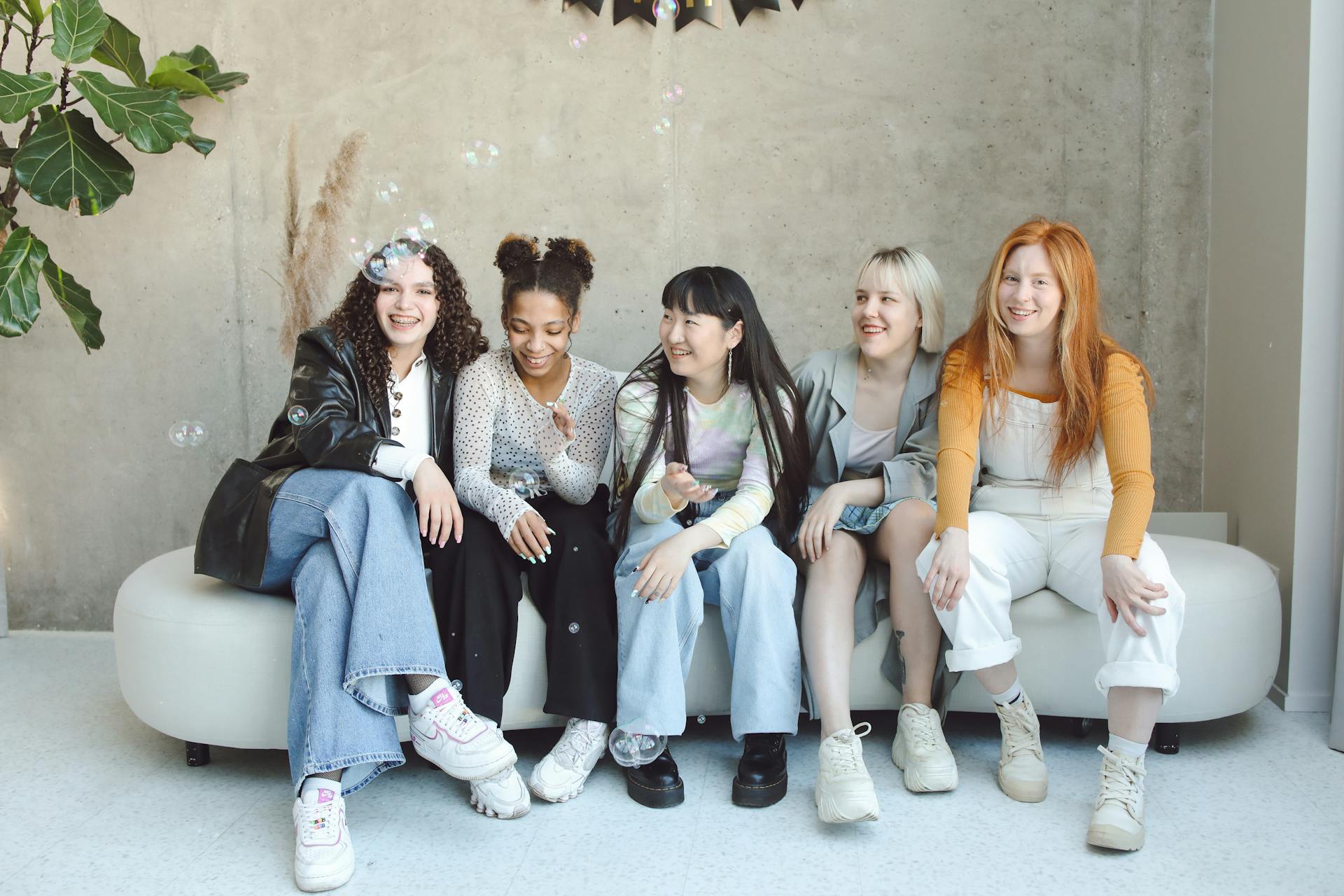
In our previous blog, we started an exploration of attachment theory. I gave a very brief overview of the origins of attachment theory and introduced the notion that attachment styles act as interpretative lenses through which we view our relationships.
Today we are going to unpack each attachment style in more depth. For each of the attachment styles, we will explore its development, core beliefs, and common characteristics.
Secure Attachment Style
According to The Attachment Project, the secure attachment style is the most common type of attachment in western society—suggesting approximately 66% of the U.S. population is securely attached.
Secure attachment is the aim of healthy relationships.
Development
All infants are born with innate needs that they cannot satisfy on their own. Babies require their primary caregiver to be responsive and attuned to their needs in order to develop a sense of security and safety.
Children who develop secure attachments learn early on that their primary caregiver can be trusted to care for their physical and emotional needs. A securely attached baby learns that when they signal a particular need, they can expect a predictable and relieving response from their caregiver.
For instance, when she signals that she is tired, a securely attached baby can expect that she will be rocked to sleep. Even before the development of verbal language, securely attached infants develop a sense of control and stability based on the responsiveness of their caregivers. Children with secure attachment feel safe enough to explore the world around them knowing that they have a secure base to return to.
Core Beliefs
Securely attached adults possess a positive view of self and others. Because of the nurture and protection they received in early childhood, these adults believe that they are wanted, lovable, and competent. Adults with secure attachment believe in their own sense of autonomy and independence, since they were given the space to explore their world with joy and security as children. Additionally, these individuals believe that others are trustworthy and dependable, so they feel comfortable giving and receiving affection in their adult relationships.
Common Characteristics
- Easily able to bond with and trust others
- Is able to regulate their emotions in relationships
- Can effectively communicate their needs
- Equally comfortable with closeness to others and being alone
- Capable of giving and receiving emotional support in relationships
- Possessing a sense of purpose and meaning in life
Insecure Attachment Styles
Early in childhood, there may be disruptions to the development of a secure attachment between child and caregiver. In these cases, a child may develop an insecure attachment style. There are three types of insecure attachment styles—anxious, avoidant, and disorganized.
Anxious Attachment Style
Development
Contrary to the consistency a child with secure attachment experienced, a child who interprets their caregiver’s responsiveness as inconsistent may develop an anxious attachment style. On some occasions the caregiver may act attentive and responsive to the child’s needs, but on other occasions the caregiver may be misattuned or disconnected from the child’s needs. This creates confusion for the child. Young children with anxious attachment find it difficult to understand the inconsistency in their caregiver’s actions. This confusion ultimately becomes a barrier to the development of trust and security in the relationship.
Core Beliefs
Adults with anxious attachment believe that love is conditional. Anxious attachers struggle to believe in the stability and longevity of relationships because of the inconsistency they experienced as children. Since love is conditional, adults with anxious attachment ultimately fear abandonment if the relationship no longer serves the other person. Their low view of self often causes anxious attachers to believe they are not good enough to maintain someone’s interest long-term.
Common Characteristics
- Frequent seeking of validation and reassurance that they are loved
- Worry about the intentions of others
- Fear of rejection and abandonment
- Hypervigilance toward perceived threats to the relationship
- Clinginess, especially in romantic relationships
- Highly attuned to the needs of others
- May struggle to develop healthy boundaries
Avoidant Attachment Style
Development
The avoidant attachment style develops in children whose caregivers lacked sensitive responsiveness to their needs for closeness and affection. These children perceived the actions of their caregivers as distant and were often discouraged to express their emotions outwardly. This doesn’t necessarily mean caregivers were neglectful, but they were rejecting toward the child’s emotional needs. As a result of this constant rejection, children with avoidant attachment learn to suppress their natural desire for emotional closeness and intimacy.
Core Beliefs
As adults, avoidant attachers believe they can survive without emotional closeness or intimacy with others. They believe their fierce independence will protect them from the disappointment or rejection that might come from relying on other people. Avoidant attachers believe that expressing emotion is a weakness, so they choose to address their emotions privately.
Common Characteristics
- Uncomfortable with emotional closeness
- May pull away from a relationship if they feel it is getting too close
- Prefer to address emotional conflicts on their own
- May come across as distant or aloof
- See themselves as self-sufficient and independent
- May respond dismissive or disdainful toward others’ expression of emotions
Disorganized Attachment Style
Development
A disorganized attachment style develops in children who perceived fear in their relationship with their primary caregiver. A child with disorganized attachment experienced unpredictable and frightening behavior from their caregiver, so they never developed a sense of safety. In the most extreme cases, disorganized attachment style can result from abuse, neglect, or witnessing traumatic events. Individuals with disorganized attachment vacillate between characteristics of anxious and avoidant attachment. These children both crave closeness to satisfy their need for affection, and they use distance from their caregiver as a form of self-protection.
Core Beliefs
Because of their childhood experiences, adults with disorganized attachment style believe that those closest to them cannot be trusted. Vacillating between the beliefs of anxious attachment and avoidant attachment, the inner world of an adult with disorganized attachment can feel chaotic and conflicting. Disorganized attachers internalize beliefs about their own worthlessness, believing they are fundamentally flawed or unlovable.
Common Characteristics
- Inconsistency in behavior—actively seeking closeness then putting up walls
- Struggle with disclosing feelings or showing vulnerability
- May seem clingy or demanding at times
- Overanalyze other people’s actions due to fear of abandonment
- Trust issues in relationships
Concluding Thoughts
This is just the tip of the iceberg when it comes to learning about the intricacies of attachment styles. If you are curious about which attachment style most predominantly shows up in your relationships, check out this free quiz published by The Attachment Project.
If your experience resonates with one of the three insecure attachment styles, I want to end on a hopeful note. It is always possible to move toward secure attachment and healthier relationships! In our next blog we will go into more detail about how each attachment style manifests in relationships, what triggers the attachment system in the insecure attachment styles, and how we can all move toward secure attachment.
Written by Ginger Hanny
*Ginger Hanny, MSW, LSW is a therapist at Journey to Joy Counseling. Ginger enjoys doing individual counseling with adults. She also provides premarital counseling and teen and adolescent counseling. Journey to Joy Counseling serves the Indianapolis area, including Carmel, Fishers, Noblesville, Zionsville, and Westfield.



